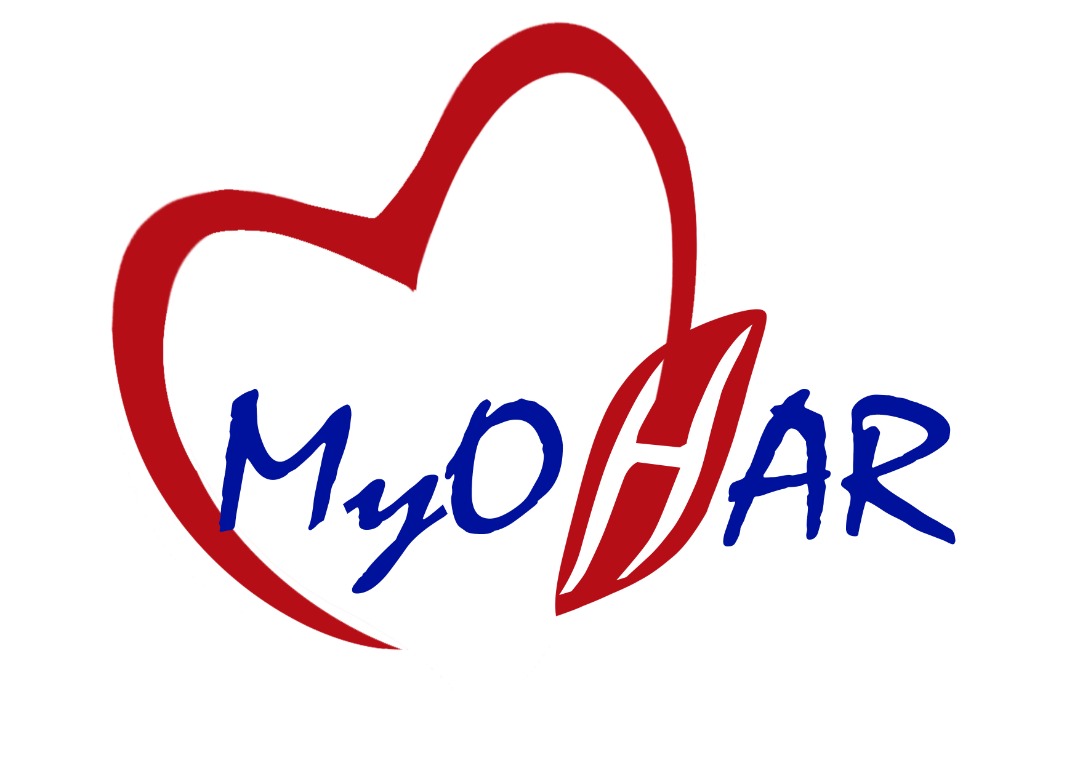Environment Health
INTRODUCTION
Antibiotic-resistant infections in human health, animal health, and the food chain are well understood. However, the emergence of AMR in the environment sector (water bodies) is complex and multi-related to various factors. Water is one of the key vectors for the emergence of antibiotic pollution, pathogens, and resistance genes.
Human excreta and wastewater are recognized as major sources of antimicrobial agents, antimicrobial-resistant bacteria, and their AMR genes due to the overuse of antimicrobial agents. Not to mention effluents from households, hospitals, and pharmaceutical facilities, agricultural run-off, combined with direct contact between natural bacterial communities and discharged resistant bacteria, is driving bacterial evolution and the emergence of more resistant strains. If the concentrations are high enough, this can trigger resistance genes. Once this has happened, the risk of transfer to other places and to pathogens becomes just a matter of time.
There is a growing public health concern that antimicrobial-resistant bacteria and AMR genes that enter our water sources via untreated or treated wastewater effluent and its exposure to us that use such water as drinking-water sources, for bathing, washing, primary contact recreation, and as irrigation water.
SOURCES OF AMR IN THE ENVIRONMENT
- Agriculture: usage of manure fertilizers containing AMR
- Animal Husbandry: Antibiotic usage to prevent disease and growth promoters; animal discharge containing AMR
- Pharmaceutical industries: untreated factory effluent discharge to water bodies
- Tourism: Human as healthy AMR carrier
- Hospitals: hospital effluent discharge, expired drugs
- Residential areas: sewerage, leakage sewerage system may contaminate groundwater supplies
- Wastewater treatment Plants: incapability to treat antibiotic residues; a reservoir for multidrug-resistant microbes

(Reference: Superbug in the Supply Chain, 2016)
